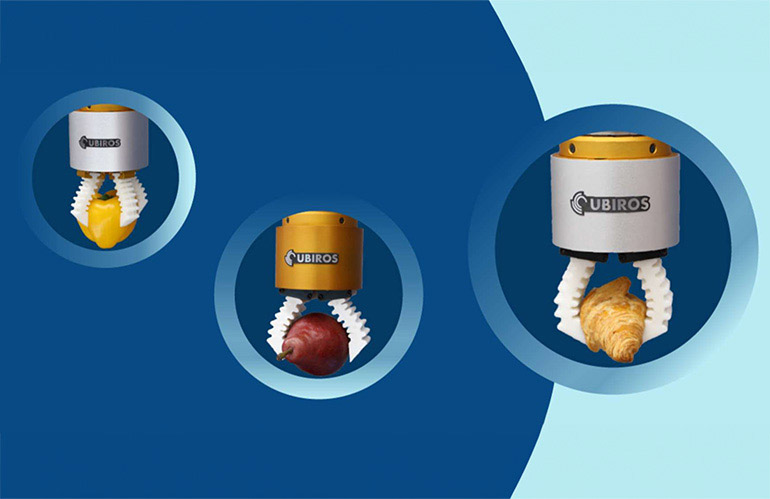The process of building traditional machine learning models involves training the models on a “training dataset” containing historic values, and then using these models to generate predictions on a new dataset known as the “inference dataset.” However, if the columns of the training dataset and the inference dataset do not match, the machine learning algorithm is likely to fail due to missing or new factor levels in the inference dataset.
One common issue is missing factors in the inference dataset. For example, if the training dataset was transformed using one-hot encoding into dummy variables, and the inference dataset does not include all the necessary columns, the model may crash. This problem can be addressed by ensuring that the inference dataset has all the required columns for prediction.
Another challenge arises when the inference dataset contains new and unseen factors, such as a new color category that was not present in the training data. To handle this issue, a robust approach is needed to accommodate new factor levels that were not accounted for during training.
One solution to these problems is to use the OneHotEncoder class from the scikit-learn library in Python. By fitting the encoder on the training data and then transforming both the training and inference datasets using the same instance of the encoder, inconsistencies in factor levels can be effectively managed. This approach ensures that the transformation process is consistent across datasets, leading to more reliable predictions in machine learning models.
Source link





















